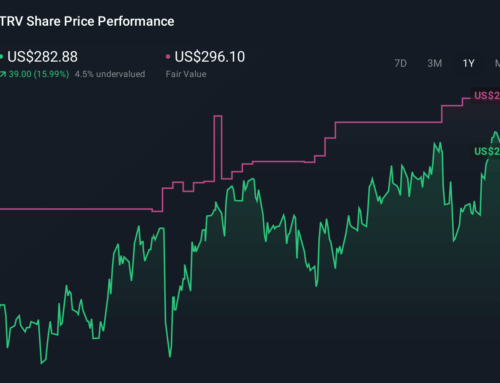Is Biofuel Land Better Used for Solar?
May 3, 2025
As the clean energy transition picks up pace around the world, more and more land is needed to accommodate utility-scale solar and wind farms. Solar and wind farms need land that is both well-suited to their climatic and geographic needs and large enough to make the project worthwhile. Unfortunately, these types of land are also frequently among those most suitable for agriculture, creating policy and economic tensions between food security and energy security.
Utility-scale solar and wind farms require a whopping 10 times as much land as a typical coal or natural gas power plant, according to a 2022 report from global consulting powerhouse McKinsey & Company. “Wind turbines are often placed half a mile apart, while large solar farms span thousands of acres,” the report states. “The implications of this are daunting. Developers need to continuously identify new sites with increasing speed at a time when the availability of suitable, economically desirable land is getting tighter.”
However, new studies show that the competition between food and energy security is not as cut-and-dry as it may seem. Indeed, much of the world’s agricultural land is already being used to grow crops that are not being used to feed people or animals, but to be converted into biofuel. Findings increasingly indicate that this use of land actually poses more of a threat to food security than renewable energies do.
Indeed, solar farms are far more efficient than corn converted to ethanol. Moreover, solar farms can be developed symbiotically with agricultural production, a system known as “agrivoltalics” or “ecovoltaics.” In such a system, crops benefit from the shade of solar panels, while the solar panels benefit from the natural cooling effect of the crops, which release water through transpiration and thereby increase the efficiency of the panels.
A new study published in PNAS finds that converting just a fraction of the land used to grow corn to produce ethanol – currently about 12 million hectares in the United States – would dramatically boost solar energy output while also relieving other ecological stresses on the land, such as soil depletion and overuse of fertilizers and pesticides. However, this is not guaranteed – solar farms can be extremely harmful to soils and the surrounding environment if they are not responsibly planned and implemented. The PNAS study bears this in mind, proposing an “ecovoltaics” model of environmentally sustainable solar farm expansion.
The study found that about 391,137 hectares of current corn-for-ethanol farmland are within about 3 kilometres of electrical transmission sites, making them ideal locations for solar farms. “This area represents only 3.2% of all the land currently devoted to corn ethanol farming,” Anthropocene Magazine summarizes. “And yet strikingly, converting even just this tiny area of land to solar could yield the same amount of energy as all corn ethanol farming does annually in the US. The modest conversion would increase the share of solar energy in the US energy mix from 3.9 to 13%.”
On the other hand, studies have found that converting lands currently used for biofuels production into food production would make a significant difference in food security. In Europe, studies have found that the land area used for biofuels could feed 120 million people daily. The European Federation for Transport and Environment has reported that “Europe wastes land the size of Ireland on biofuels which could be used to produce food or given back to nature to create carbon sinks.”
Balancing the nexus of food and energy security is complex, but no matter how you slice it, evidence is piling up to show that biofuel production is frequently an inefficient and even wasteful use of land that could be better used to create renewable energies or food for human consumption.
By Haley Zaremba for Oilprice.com
More Top Reads From Oilprice.com
Read this article on OilPrice.com
Search
RECENT PRESS RELEASES
Related Post



